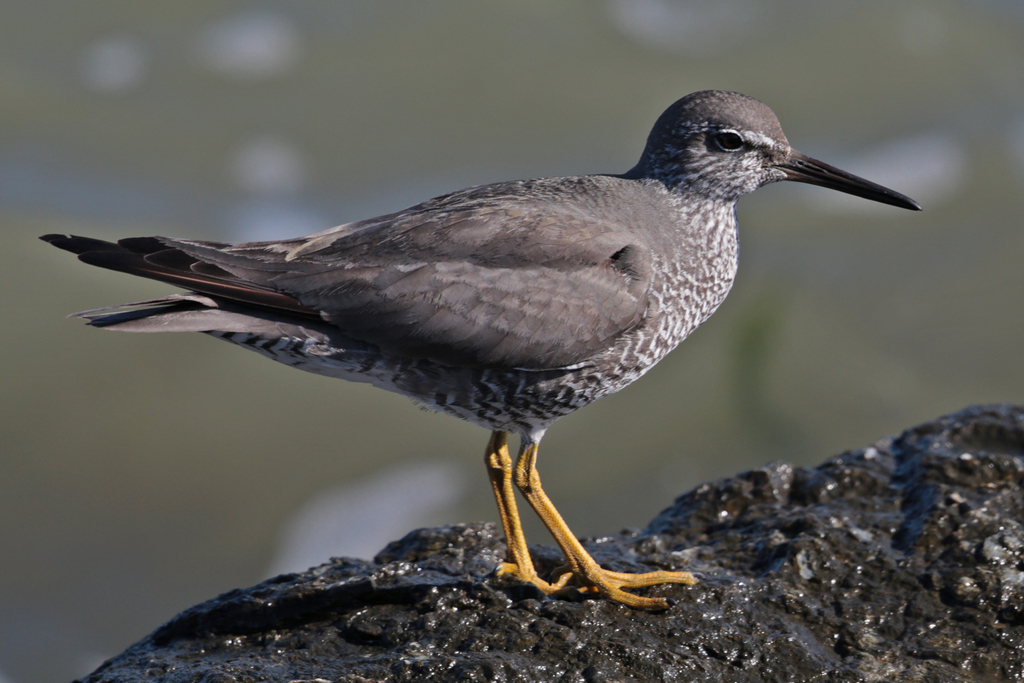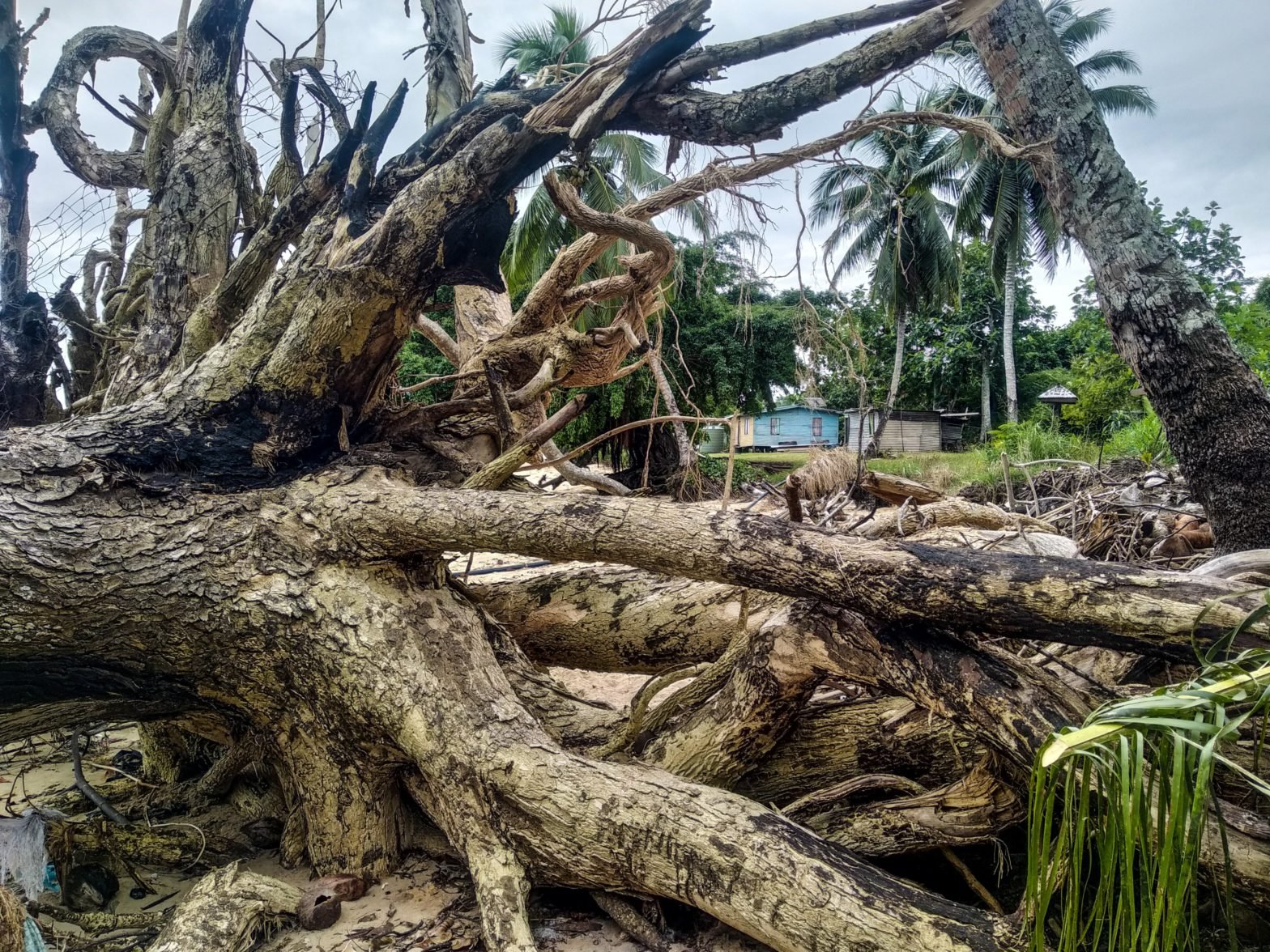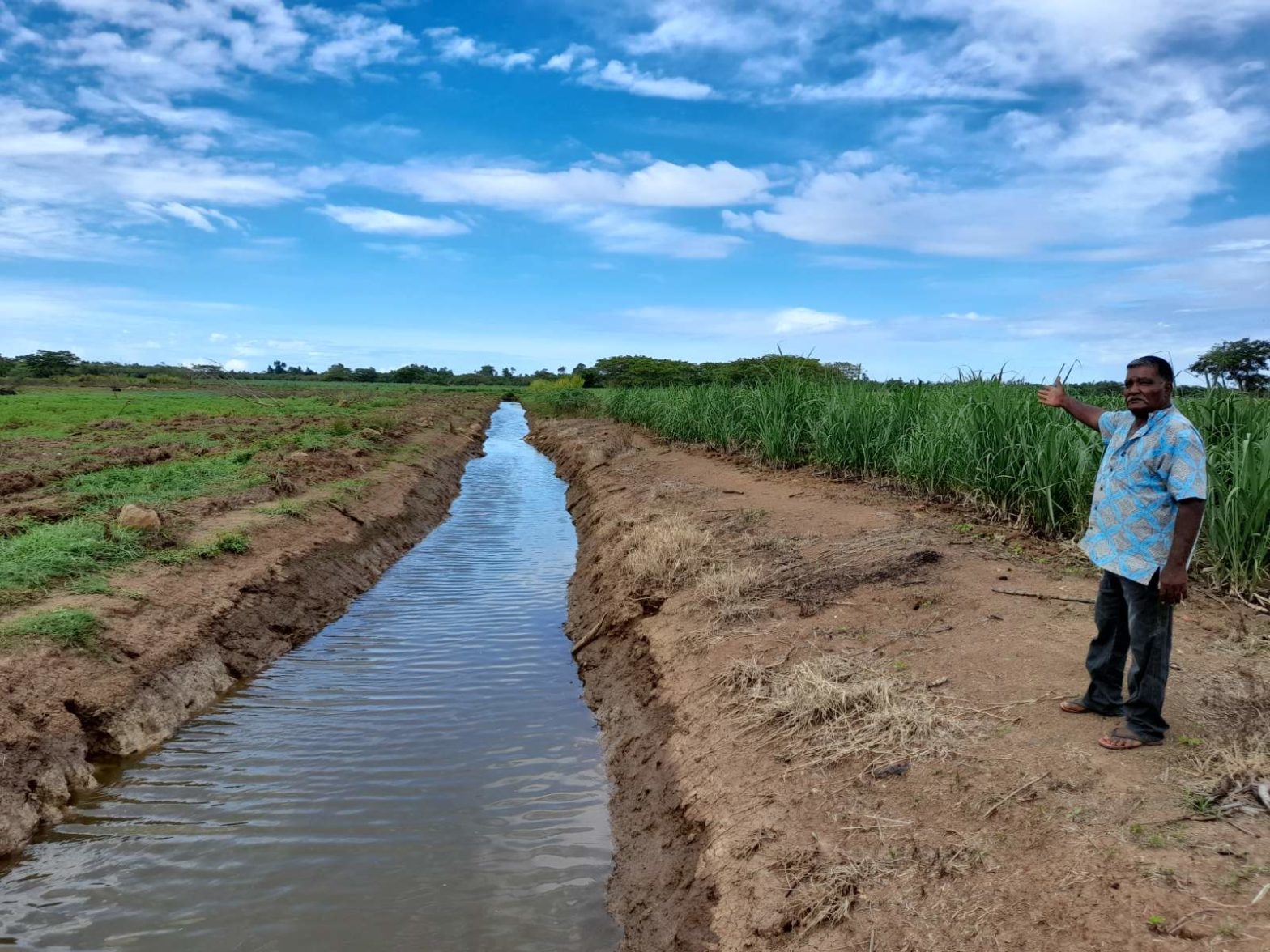Fiji is an important stop-over destination for a number of migrant shorebirds that breed in the Arctic and fly to Fiji to escape the northern winter.
They are found on the mudflats and coastal areas throughout the islands, most commonly between March and September every year.
The annual migration of these birds is one of the wonders of the animal world and Fiji is fortunate to be a destination for some of them, according to NatureFiji/MareqetiViti’s State of Birds report published in 2013.
The report said seabirds undertaking annual migration are highly vulnerable to a variety of threats including severe weather during the migration, collisions with man-made structures (e.g. wind turbines and mobile phone towers) and habitat loss along their migration route or their wintering grounds.
The five species that frequent the Suva foreshore every year, according to BirdLife International, are the bar-tailed Godwit, the Pacific Golden Plover, Ruddy Turnstone, Whimbrel and the wandering tattler.
The Wandering Tattler
Known scientifically as Tringa Icana, the wandering tattleris a medium sized wading shorebird with short yellow legs and a solid gray tail and gray wings.
This bird usually migrates down the west coast of North America and as far south as Peru. Amazingly some of the birds migrate across the Pacific and have been sighted on Hawaii, French Polynesia, eastern Micronesia, Solomon Islands and Fiji.
BirdLife International has been documenting the congregation of the wandering tattler on Suva’s foreshore since the late 90’s. Their numbers have grown in the last decade attracting bird watch enthusiasts across the region to record and document sightings in their countries.
The increasing sightings on Suva’s foreshore in recent years has caught the attention of government to consider the wandering tattler as a migratory seabird of national significance to Fiji.
“The world population of wandering tattler is thought to be 10,000 to 25,000 birds. So, 1% of that comes to 175 birds (between 100 and 250). We regularly record more than 250 of these birds on Nasese foreshore – particularly in March to May, just before they leave to go back to their breeding grounds, said Dr Mark O’Brien of BirdLife International.
“The highest count anywhere in the world, during the non-breeding season, is here at Suva mudflats. The birds arrive here at the end of March and don’t leave until mid-May. Somehow, they migrate back to their high arctic breeding grounds (we don’t know which route they take) and breed, in order to return to Suva 3 to 3.5 months later. We don’t know anywhere in Eastern Asia where there are concentrations of this species during their spring return route.”
Feeding Ground
The mudflats around Suva Point are an important wintering area for the wandering tattler and other migrant shorebirds. According to the State of Birds Report, their numbers have been monitored since 1998, and up to 1000 shorebirds have been recorded.
Up until last year, the number of wandering tattler has averaged more than 200 for the three months between March to May annually.
Because of the increasing numbers that winter in Fiji, many of these migrant birds need the mudflats as a place of respite and source of food and nutrients to sustain them for the return flight back to their breeding ground.
“Intertidal areas are known to be great sources of protein – because the water flows over twice a day bringing nutrients to the area which are filtered by the local invertebrates. So there’s continual topping up of foodstuffs, explained Dr O’Brien.
While on the ground, they feed on insects, crustaceans, worms, and small animals that scramble among the rocks.
“We suspect that their shortish bill means that they don’t focus on deep worms – and are more likely to pick items off the surface. It would be great if we could get some research done to get a better idea of the diet of these birds here at Suva.”
Dr O’Brien has been documenting the wandering tattler and other migrant birds on Suva’s foreshore.
Other Seabirds
39 other species of seabird migrate through Fijian waters on an annual basis or visit periodically. Some seabird migrations through Fiji waters are spectacular, especially the southern migrations of the Short-tailed Shearwater back to their breeding islands in Australia’s Bass Strait, and Cook’s Petrel and the Mottled Petrel back to certain offshore islands of New Zealand.
The mudflats along the Suva Peninsula has been identified as an important migratory shorebird habitat. It was approved and listed as a ‘Site of National Significance’.
Dr O’Brien said there is a need to consider conservation measures for the whole Laucala Bay area as a unit and to minimise the pressures that might detrimentally impact on the shorebirds at Nasese foreshore.
“Fiji is home to a variety of very special birds, and some of these have been of great cultural significance as Fijians evolved their national identity. Their conservation is therefore Fiji’s responsibility, said the State of Birds Report.
Threats
Apart from climate change, rising sea level and foreshore development – another major threat to the shorebirds feeding ground is the high level of heavy metals polluting the Suva foreshore.
Scientific research conducted by the University of the South Pacific (USP) over a decade ago concluded high level of heavy metals like lead (Pb), copper (Cu), zinc (Zn), mercury (Hg) and tin (Sn) around the Suva Peninsula – which covers Suva harbour and the Laucala foreshore.
“Heavy metal pollution will continue to rise, if it’s not curbed. Based on available data, current developments and Suva’s growing population, the level of heavy metals will be more than what was recorded in the last studies, said Dr Matakite Maata of USP’s Faculty of Science, Technology and Environment (FSTE).
“Sources of heavy metals come from batteries, sinkers for fishing, pipes, paints, ceramic, steel, iron and oil, added the USP academic.
Dr Maata said heavy metal pollution could impact greatly on living organisms that are source of food for the shorebirds and migratory seabirds that congregate there.
He reiterated the need for more collaboration and sharing of data to allow for better discussion and awareness of the extent of the damage caused by heavy metal pollution.
“More research need to be carried out to determine the current level of heavy metals. As well, stricter legislation should be in place and enforced by government and local authorities particularly on waste emission, dumping and effluent from industries.” said Dr Maata.
The regional university is keen to do a follow-up research on pollution of the Suva foreshore to update current data to better inform government and local authorities to take action to conserve and protect the marine environment and all the living creatures that depend on it




